Chapter 01: Nursing Today
Potter: Fundamentals of Nursing, 11th Edition
MULTIPLE CHOICE
1. Which nurse most likely kept records on sanitation techniques and the effects on health?
a. Florence Nightingale
Mary Nutting
Clara Barton
4. Lillian Wald
ANS: A
Nightingale was the first practicing nurse epidemiologist. Her statistical analyses connected poor sanitation with cholera and dysentery. Mary Nutting, Clara Barton, and Lillian Wald came after Nightingale, each contributing to the nursing profession in her own way. Mary Nutting was instrumental in moving nursing education into universities. Clara Barton founded the American Red Cross. Lillian Wald helped open the Henry Street Settlement.
DI Understand (comprehension)
OBJ Discuss the influence of social, historical, political, and economic changes on nursing practions TOP Evaluation
MSC: Health Promotion and Maintenance
2. The nurse prescribes strategies and alternatives to attain expected outcome. Which standard of nursing practice is the nurse following?
a. Assessment
Diagnosis
Planning
d. Implementation
ANS C
In planning, the registered nurse develops a plan that prescribes strategies and alternatives to attain expected outcomes. During assessment, the registered nurse collects comprehensive data pertinent to the patient’s health and or the situation. In diagnosis, the registered e analyzes the assessment data to determine the diagnoses or issues. During implementation, the registered nurse implements (carries out) the identified plan.
DI: Understand (comprehension)
OBJ Discuss the development of professional nursing roles.
TOP: Planning
MSC: Management of Care
3. An experienced medical-surgical nurse chooses to work in obstetrics. Which level of proficiency is the nurse upon initial transition to the obstetrical floor?
Novice
Proficient
c. Competent
d. Advanced beginner
YEARS A
2
A beginning nursing student or any nurse entering a situation in which there is no previous level of experience (eg, an experienced operating room nurse chooses to now practice in home health) is an example of a novice nurse. A proficient nurse perceives a patient’s clinical situation as a whole, is able to assess an entire situation, and can readily transfer knowledge gained from multiple previous experiences to a situation. A competent nurse understands the organization and specific care required by the type of patients (e.g., surgical, oncology, or orthopedic patients). This nurse is a competent practitioner who is able to anticipate nursing care and establish long-range goals. A nurse who has had some level of experience with the situation is an advanced beginner. This experience may only be observational in nature, but the nurse is able to identify meaningful aspects or principles of nursing care.
DIF:Apply (application)
OU:Discuss the development of professional nursing roles.
TOP: Evaluation
MSC: Management of Care
4. A nurse assesses a patient’s fluid status and decides that the patient needs to drink more fluids. The nurse then encourages the patient to drink more fluids. Which concept is the nurse
demonstrating?
a. Licensure
Autonomy
c. Certification
d. Accountability
ANS: B
Autonomy is an essential element of professional nursing that involves the initiation of independent nursing interventions without medical orders. To obtain licensure in the United States, the RN candidate must pass the NCLEX-RN8. Beyond the NCLEX-RN8, the nurse may choose to work toward certification in a specific area of nursing practice. Accountability means that you are responsible, professionally and legally, for the type and quality of nursing care provided.
DIF:Apply (application)
OBJ:Discuss the roles and carver opportunities for nurses
TOP: Implementation
MSC: Management of Care
5. A nurse prepares the budget and policies for an intensive care unit. Which role is the nurse
implementing?
Educator
b. Manager
c. Advocate
4. Caregiver
ANS: B
3
A manager coordinates the activities of members of the nursing staff in delivering nursing care and has personnel, policy, and budgetary responsibility for a specific nursing unit or facility. As an educator, you explain concepts and facts about health, describe the reason for routine care activities, demonstrate procedures such as self-care activities, reinforce learning or patient behavior, and evaluate the patient’s progress in leaming. As a patient advocate, you protect your patient’s human and legal rights and provide assistance in asserting these rights if the need arises. As a caregiver, you help patients maintain and regain health, manage disease and symptoms, and attain a maximal level function and independence through the healing process.
D:Apply (application)
OBJ. Discuss the roles and career opportunities for nurses.
TOP: Implementation
MSC: Management of Care
6. The nurse has been working in the clinical setting for several years as an advanced practice nurse. However, the nurse has a strong desire to pursue research and theory development. To fulfill this desire, which program should the nurse attend?
a. Doctor of Nursing Science degree (DNSC)
b. Doctor of Philosophy degree (PhD)
c. Doctor of Nursing Practice degree (DNP)
4. Doctor in the Science of Nursing degree (DSN)
ANS: B Some doctoral programs prepare nurses for more rigorous research and theory development and award the research-oriented Doctor of Philosophy (PhD) in nursing. Professional doctoral programs in nursing (DSN or DNSC) prepare graduates to apply research findings to clinical nursing. The DNP is a practice doctorate that prepares advanced practice nurses such as nurse practitioners.
DIF Understand (comprehension)
OBJ Compare and contrast the educational programs available for professional registered nurse (RN)
education
TOP: Teaching/Leaming
MSC: Management of Care
7. A nurse attends a workshop on current nursing issues provided by the American Nurses Association. Which type of education did the nurse receive?
Graduate education
b. Inservice education
Continuing education
d. Registered nurse education
ANS: C
Continuing education involves formal, organized educational programs offered by universities, hospitals, state nurses associations, professional nursing organizations, and educational and health care institutions. After obtaining a baccalaureate degree in nursing, you can pursue graduate education leading to a master’s or doctoral degree in any number of graduate fields, including nursing. Inservice education programs are instruction or training provided by a health care facility or institution. Registered nurse education is the education preparation for an individual intending to be an RN.
DIF:Apply (application)
OBJ Compare and contrast the educational programs available for professional registered nurse (RN)
education
TOP: Teaching Leaming
MSC: Management of Care
8. A nurse identifies gaps between local and best practices. Which Quality and Safety Education for Nurses (QSEN) competency is the nurse demonstrating?
a. Safety
b. Patient-centered care
c. Quality improvement
4. Teamwork and collaboration
ANS: C
Quality improvement identifies gaps between local and best practices. Safety minimizes risk of harm to patients and providers through both system effectiveness and individual performance. Patient-centered care recognizes the patient or designee as the source of control and full partner in providing compassionate and coordinated care based on respect for patient’s preferences, values, and needs. Teamwork and collaboration allows effective functioning within nursing and interprofessional teams, fostering open communication, mutual respect, and shared decision making.
DIP: Understand (comprehension)
OBU: Discuss the roles and career opportunities for nurses
TOP: Evaluation
MSC: Management of Care
9. A nurse has compassion fatigue. What is the nurse experiencing?
a. Lateral violence and intrapersonal conflict
b. Burnout and secondary traumatic stress
c. Short-term grief and single stressor
4. Physical and mental exhaustion
ANS: B
Compassion fatigue is a term used to describe a state of burnout and secondary traumatic stress. Compassion fatigue may contribute to what is described as lateral violence (nurse-nurse interactions, not intrapersonal). Frequent, intense, or prolonged exposure to grief and loss places nurses at risk for developing compassion fatigue. Stressors, not a single stressor, contribute to compassion fatigue. Physical and mental exhaustion describes burnout only.
DIF.Understand (comprehemion)
OBJ:Discuss the influence of social, historical, political, and economic changes on nursing practices.
TOP
Assessment
MSC: Health Promotion and Maintenance
10. A patient is scheduled for surgery. When getting ready to obtain the informed consent, the patient tells the nurse, I have no idea what is going to happen. I couldn’t ask any questions. The nurse does not allow the patient to sign the permit and notifies the health care provider of
the situation. Which role is the nurse displaying? a. Manager
b. Patient educator
c. Patient advocate
4. Clinical nurse specialist
ANS: C
5
As a patient advocate, the nurse protects the patient’s human and legal rights, including the right of the patient to understand procedures before signing permits. Although nurses can be educators, it is the responsibility of the surgeon to provide education for the patient in preparation for surgery, and it is the curse’s responsibility to notify the health care provider if the patient is not properly educated. Managers coordinate the activities of members of the nursing staff in delivering nursing care, and clinical nurse specialists are experts in a specialized area of nursing practice in a variety of settings.
DIP:Apply (application)
OBJ:Discuss the roles and career opportunities for nurses.
TOP: Evaluation
MSC: Management of Care
11. The patient requires routine gynecological services after giving birth to her son, and while seeing the nurse-midwife, the patient asks for a referral to a pediatrician for the new bom. Which action should the nurse-midwife take initially?
a. Provide the referral as requested.
Offer to provide the newborn care.
. Refer the patient to the supervising provider.
4. Tell the patient that is not allowed to make referrals.
ANS: B
The practice of nurse-midwifery involves providing independent care for women during normal pregnancy, labor, and delivery, as well as care for the newborn. After being apprised of the midwifery role, if the patient insists on seeing a pediatrician, the nurse-midwife should provide the referral. The supervising provider is an obstetric provider, not a pediatrician. A nurse-midwife can make referrals.
DIP: Analyze (analysis)
OBJ:Discuss the roles and career opportunities for nurses.
TOP: Implementation
MSC: Management of Care
12. The nurse has a goal of becoming a certified registered nurse anesthetist (CRNA), Which
activity is appropriate for a CRNA? a. Manages gynecological services such as PAP smears.
b. Works under the guidance of an anesthesiologist.
Obtains a PhD degree in anesthesiology.
d. Coordinates acute medical conditions.
ANS: B
Nurse anesthetists provide surgical anesthesia under the guidance and supervision of an anesthesiologist, who is a physician (health care provider) with advanced knowledge of surgical anesthesia. Nurse practitioners, not CRNAs, manage self-limiting acute and chronic stable medical conditions; certified nurse-midwives provide gynecological services such as routine Papanicolaou (Pap) smears. The CRNA is an RN with an advanced education in a nurse anesthesia accredited program. A PhD is not a requirement.
DIF Understand (comprension)
OBJ:Discuss the roles and career opportunities for nurses.
TOP: Implementation
MSC: Management of Care


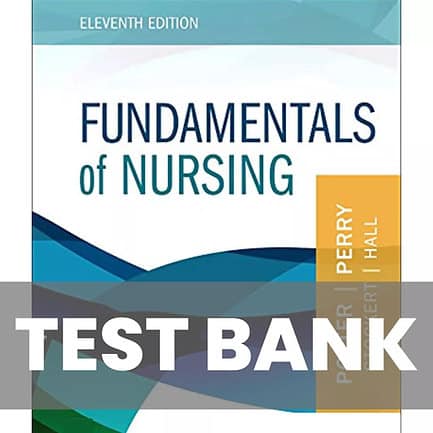

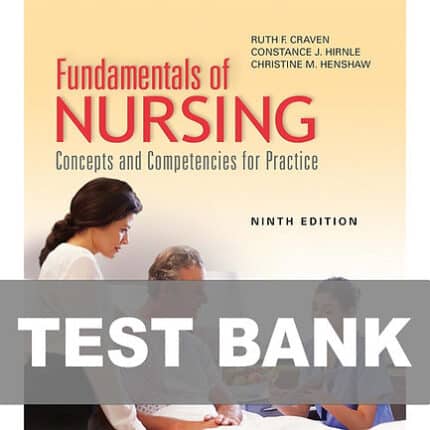
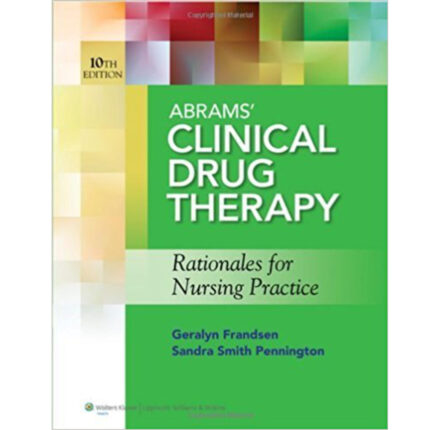
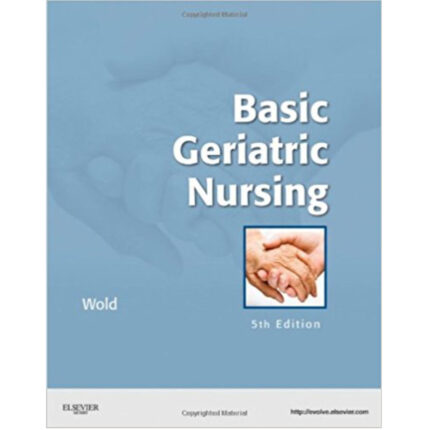


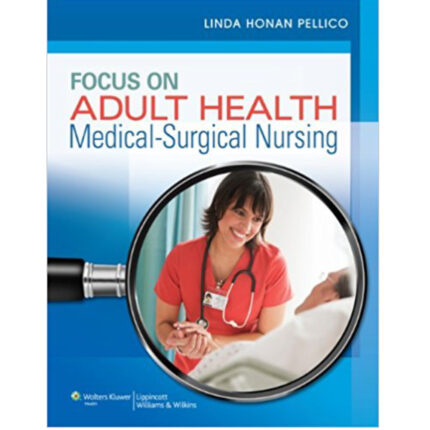

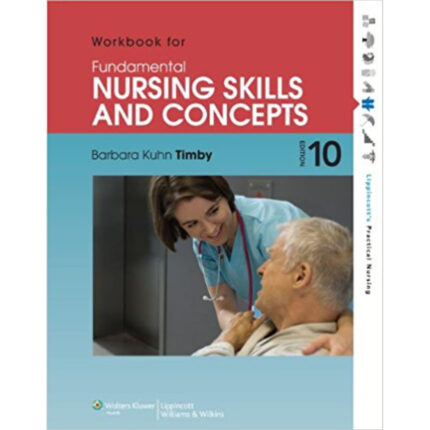

Reviews
There are no reviews yet.